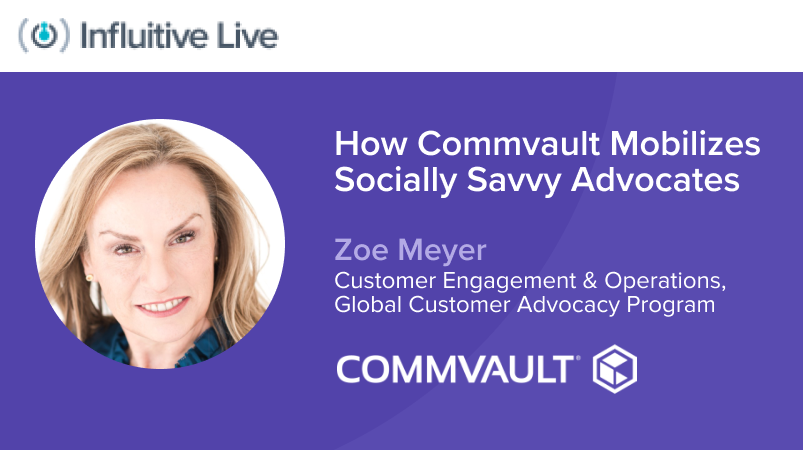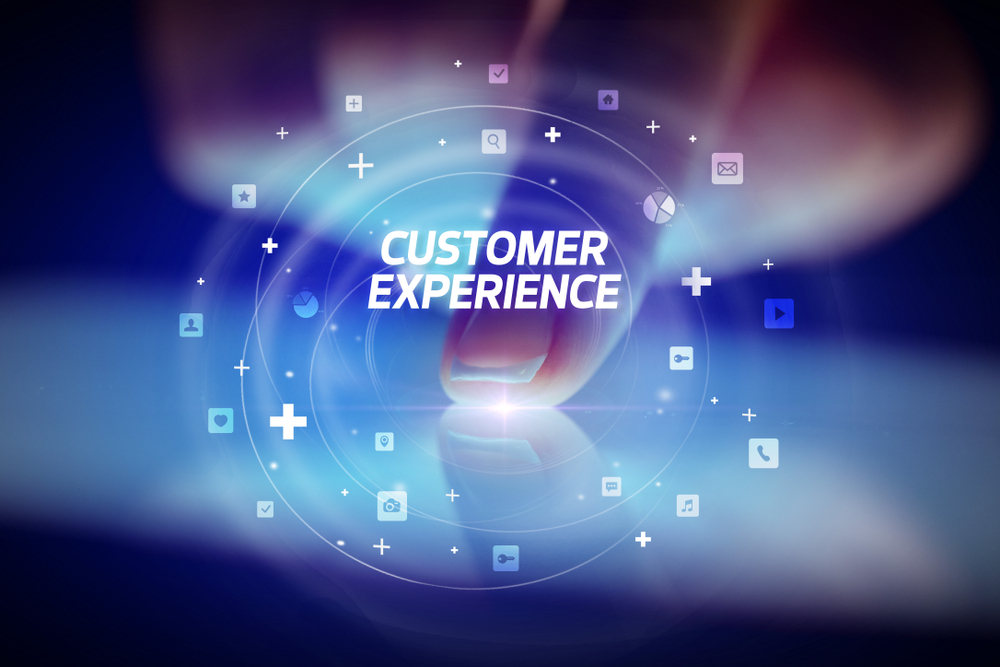
The moment of truth has arrived. You are ready to evaluate the ROI of your customer advocacy program. What metrics have you identified as your barometer for success?
If you use any one of the many reference management software tools available, you may benefit from the efficiency of creating many of your reporting metrics with a few clicks.
With a reference management tool, you can measure the following:
- Revenue impact through customer references, including closed/won deals.
- Increase in # of customers recruited into your program
- Increase in customer participation in your program activities. Measured year over year – do you have more customers wanting to share their story publicly or more customers engaging in PR opportunities, for example?
- Increase in the # of customer success stories, quotes, press releases produced
- Internal user adoption of the program and tool is trending up
Outside of a reference management tool but still within reach of measuring are:
- Top brands/logos on your company’s website
- Boosted social media stats about your brand
There are other metrics that you can evaluate that may be outside the scope of your tool or department but still measurable against your program efforts:
- Increase in renewal rates
- Improvement in Net Promoter Survey scores
- Increase in positive product reviews on third party sites
- Increase in brand recognition
From my own experience in leading a global customer reference and advocacy program, we established annual program goals that rolled up to the CMO’s goals.
These goals consisted of top brands newly participating in our program for advocacy type activities, like a success story, blog, speak with the media, use of the logo on our company’s website.
We provided quarterly updates on performance to a CMO dashboard. We also provided monthly updates to sales leadership on revenue influenced by references and new customers joining our program.
We leveraged technology as much as possible. We integrated workflow processes within the reference management tool to our Salesforce CRM. This enabled the sales team to submit reference requests for active sales opportunities. The sales team could also nominate a contact within Salesforce into our program for follow-up by our team.
The results? We could accurately demonstrate:
- Closed/won deals that included customer reference activity
- New top brands in our program
- New logos and customer success stories on our company’s website
- Advocates’ participation in all the activities our program offered
- How we fit into the overall sales and marketing strategy for customer engagement
When measuring a customer advocacy program, begin with the basics. Leverage technology and workflow processes as much as possible to build confidence in your metrics. Over time, your goals will likely include internal stakeholders as you see the impact of your program across many departments.




